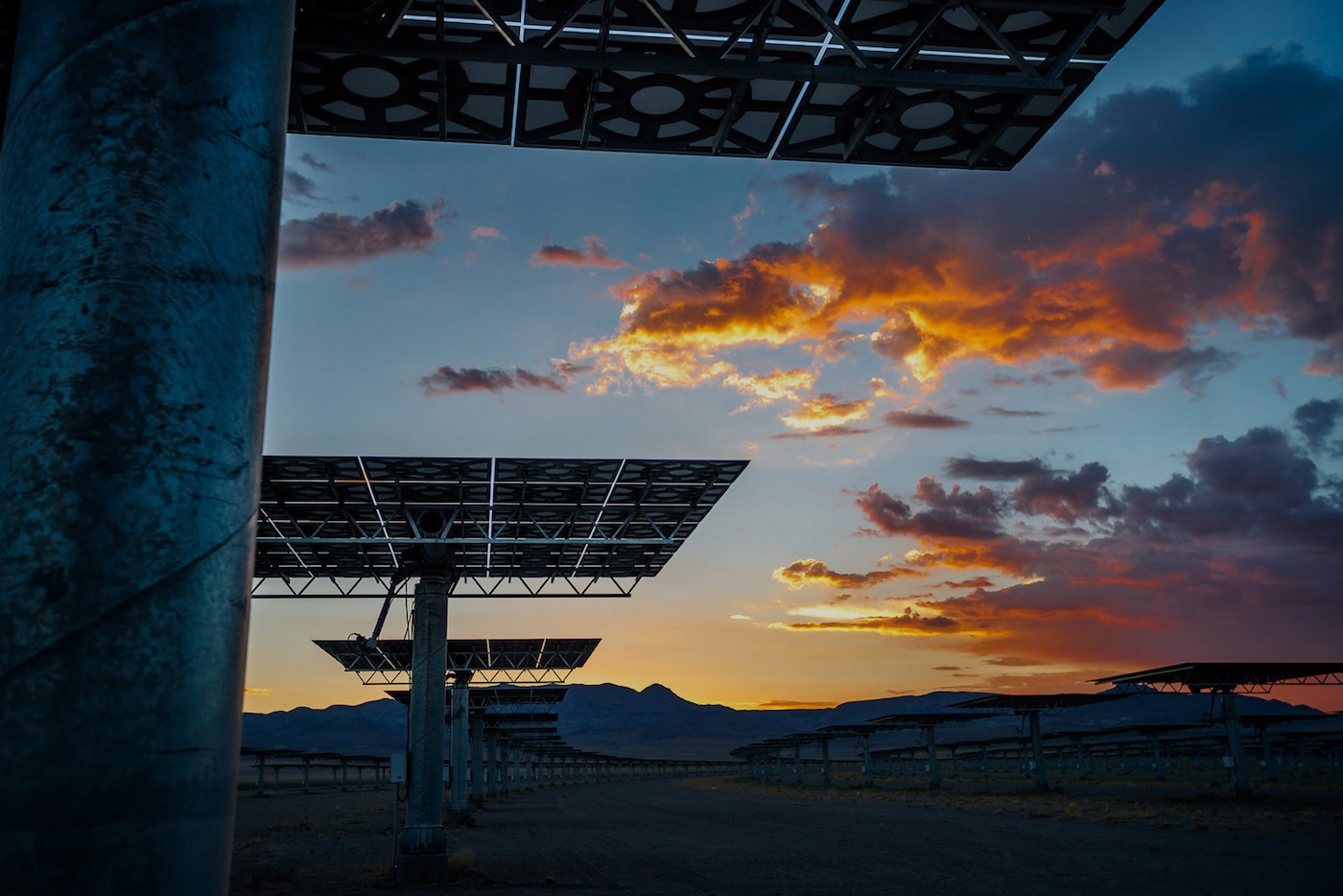Air pollution is tightening its grip in India. Thirteen of our cities are currently ranked in the top 20 most polluted in the world. New Delhi, the capital of India and the second most polluted city in the world, can serve as an apt example to reveal the grave situation where breathing in open air is equivalent to smoking three packs of cigarette in a day. While car exhaust is a major culprit, fossil fuel-based power plants also play a large role in this situation. This November, the Delhi government had to shut down a coal-based power plant in the city when the average air quality index (AQI) reached a hazardous level of 450-500.
Replacing fossil fuel based power plants with clean energy power from renewable energy sources like wind and solar is one of the major solutions to combat air pollution and climate change. Clean energy, especially distributed solar power, is also critical to solving the issue of energy access to millions of unpowered homes in India.
In this context, India has set an ambitious target of 175 GW of renewable energy capacity by 2022 with 40 GW of rooftop solar. 40 GW of rooftop solar by 2022 would play a significant role in solving the issue of energy access in India. Unfortunately, despite the clear benefits, India isn’t on track to make its target for rooftop solar, and, in fact, will likely reach less than 30% of its goal by 2022.
One of the main reasons India is lagging on its solar targets is financing. Despite rapidly falling prices and tariffs competitive with fossil energy, rooftop solar power requires investment upfront to buy and install panels. This makes it a difficult task for energy consumers who may not have ready money sitting in the bank or the ability to easily and cheaply take out loans.
In other countries, such as the U.S., business models like “third-party financing” or the “RESCO” model have helped in resolving these financial issues. In these models, a renewable energy service company provides the necessary capital for installing and operating rooftop solar systems in exchange for a power purchasing agreement with the energy consumer. The renewable energy service company is able to sell its panels, while homeowners get the benefit of immediate lower costs for energy, or, in some cases, first-time access to energy.
However, India has currently installed only 15% of the total rooftop solar projects under the RESCO model. This is mainly because renewable energy service companies face some of the same key barrier as consumers – that is, little access to affordable loans despite strong products and proven business models.
So what’s the solution?
A recent study by Climate Policy Initiative (CPI), Indian Council for Research on International Economic Relations (ICRIER), and Stockholm Environment Institute (SEI), creates a case for municipal entities to promote rooftop solar in India by issuing green bonds in capital markets. The municipal entity, acting as the finance aggregator, would distribute the proceeds of these bonds to a pool of qualified renewable energy service companies via capital lease mechanism. After the installation and payment is complete for rooftop solar, cash flows would funnel back to the initial capital financiers, as with any bond. The proposed transaction structure is a Public Private Partnership (PPP) approach, similar to the Design-Build-Finance and Operate (DBFO) model with financing activity taken care by a public entity such as Municipal Corporations.
Municipal bonds have already been successfully tried in India for other infrastructure projects that serve the public good. For example, Pune Municipal Corporation recently issued a municipal bond for its water sector. With a 7.5% coupon over 10 years, the 12 times oversubscribed bond showed significant appetite of investors for investing in such instruments. The solar municipal bond would help reduce costs for rooftop solar power at those same rates, by around 10-14%. This is a large financial savings that will ultimately help the electricity consumers by reducing the cost of already-cheaper solar power further.
In addition to reducing the cost of rooftop solar, municipal bonds also have the potential to mobilize significant untapped investment from new sources. For example, domestic institutional investors have an untapped investment potential of ~USD 56 billion for debt for renewable energy. Moreover, we can classify these municipal bonds for clean energy projects as green bonds which can attract other classes of investors such as the dedicated green bond funds, private and public investors and multilateral organizations. The green bond issuance market achieved an impressive result in 2017 with a total issuance size reaching USD 156 billion; India is among the ten largest green bond issuers in the market. By connecting these potential investors with rooftop solar, a new market opens for both investors and a growing industry.
Still, financing rooftop solar via municipal bonds would face some barriers. One issue is finding municipalities with high enough credit ratings; currently, only 10 municipalities in India have the required A+ credit rating to raise capital for bonds. Another barrier is the reluctance of municipal corporations to issue bonds. This is related to the lack of a mandate in many municipalities to promote electricity generation. However, the CPI-SEI-ICRIER study points to several fixes from the central government that could encourage municipal bond issuance for rooftop solar.
Ultimately, cities, consumers, and the country benefit from cheaper access to clean energy. By helping the rooftop solar industry accelerate successfully, solar municipal bonds would help to meet India’s clean energy access goals. The very cities struggling with clean air could use this innovative – but proven model – to help residents save money on electricity, something that helps everyone breathe easier.
Source: https://energy.economictimes.indiatimes.com/energy-speak/can-cities-provide-a-solution-to-india-s-energy-woes-municipal-solar-bonds-key/2914


